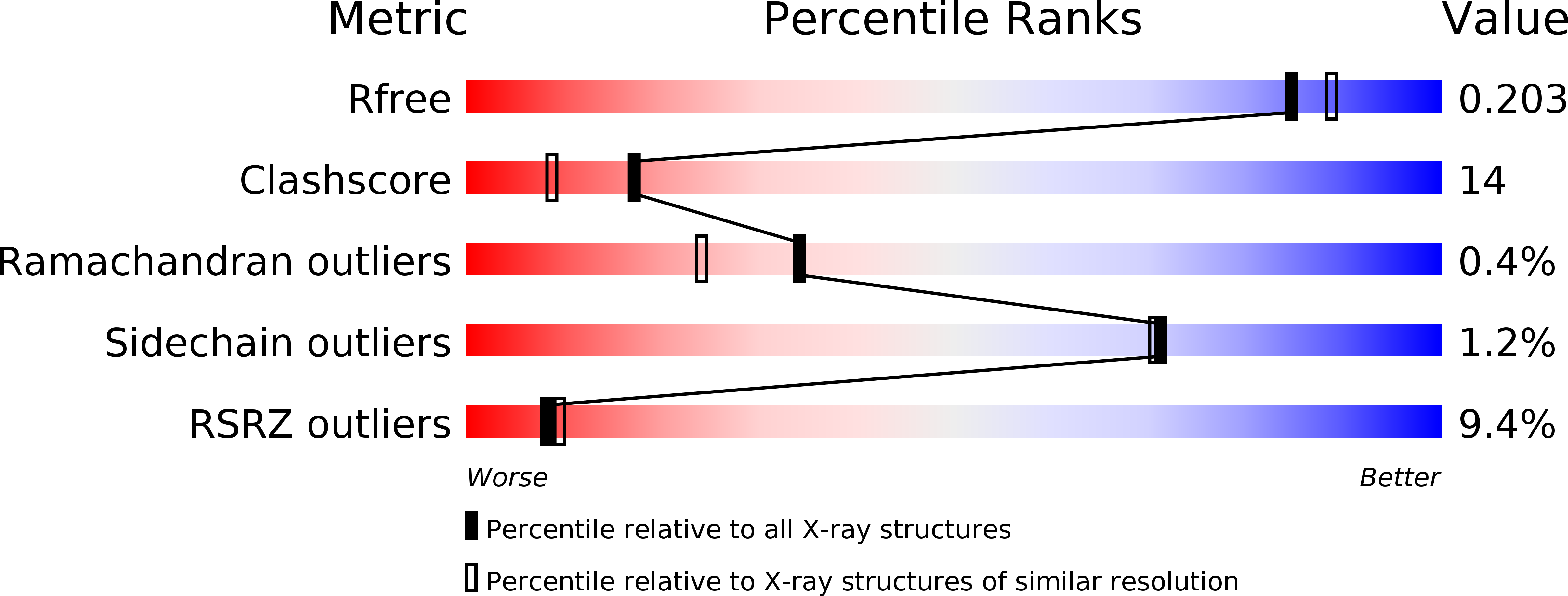
Deposition Date
2011-07-25
Release Date
2012-02-15
Last Version Date
2023-09-13
Entry Detail
PDB ID:
3T3F
Keywords:
Title:
Ternary Structure of the large fragment of Taq DNA polymerase bound to an abasic site and dNITP
Biological Source:
Source Organism:
Thermus aquaticus (Taxon ID: 271)
Host Organism:
Method Details:
Experimental Method:
Resolution:
1.90 Å
R-Value Free:
0.20
R-Value Work:
0.17
R-Value Observed:
0.17
Space Group:
P 31 2 1


